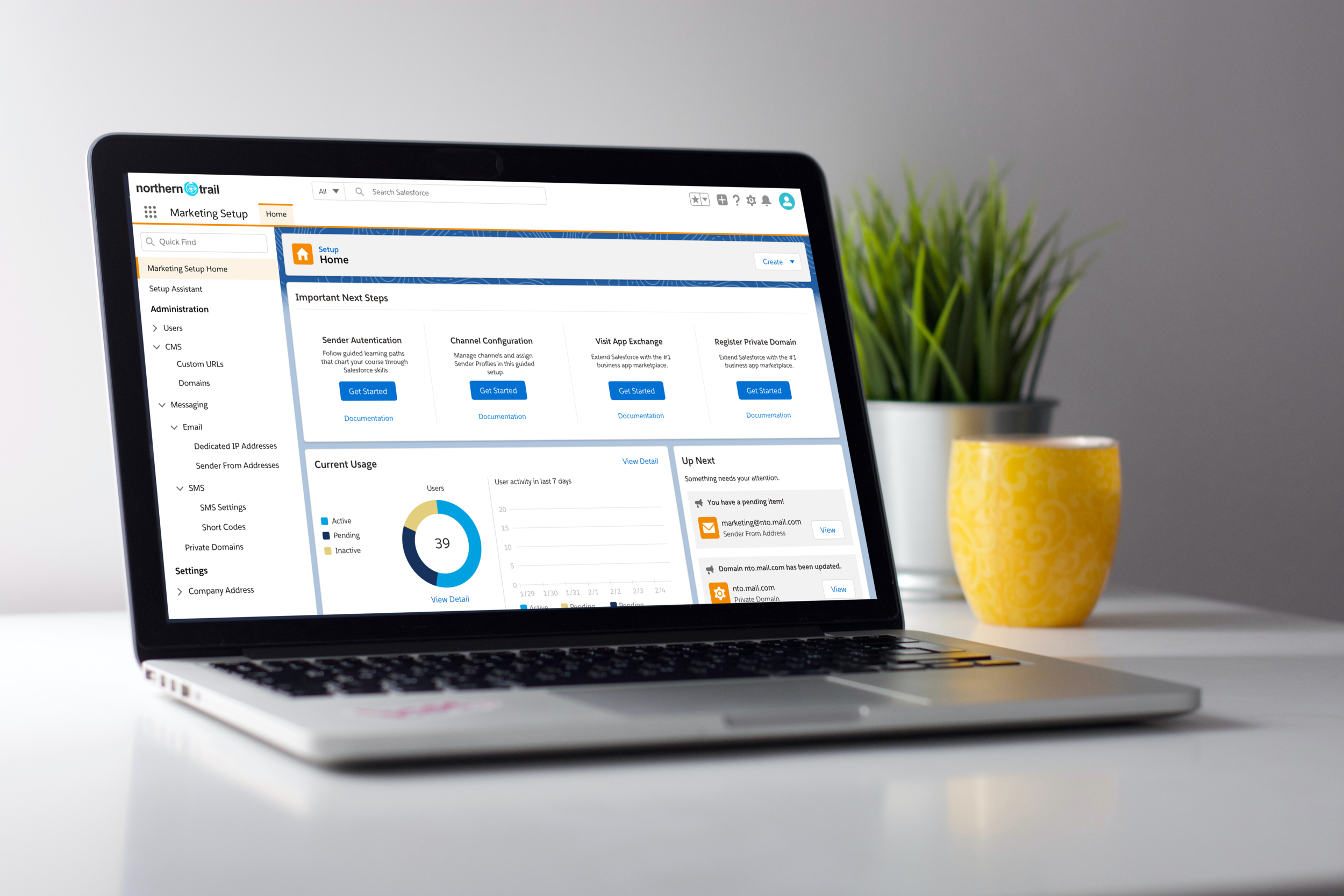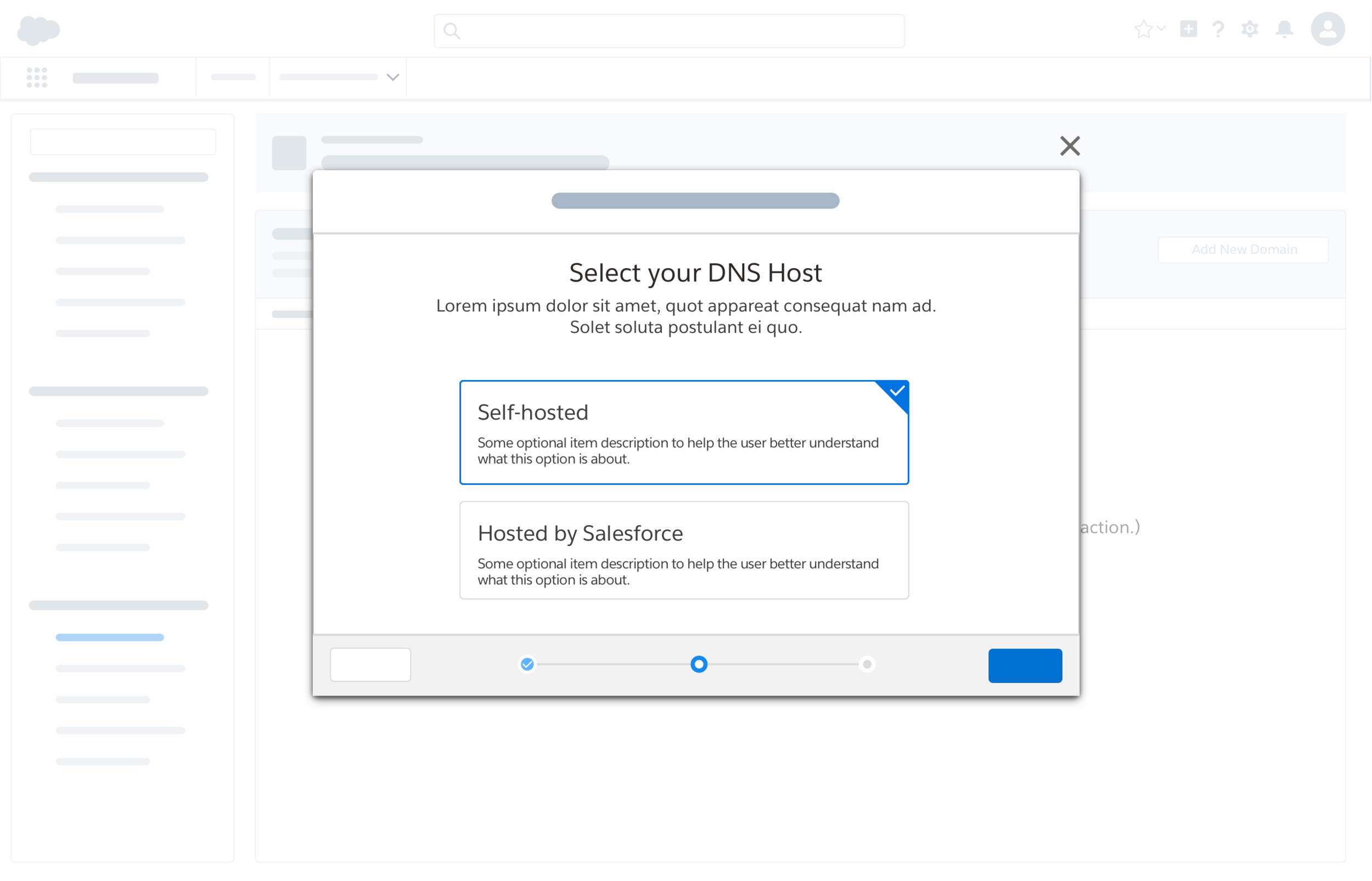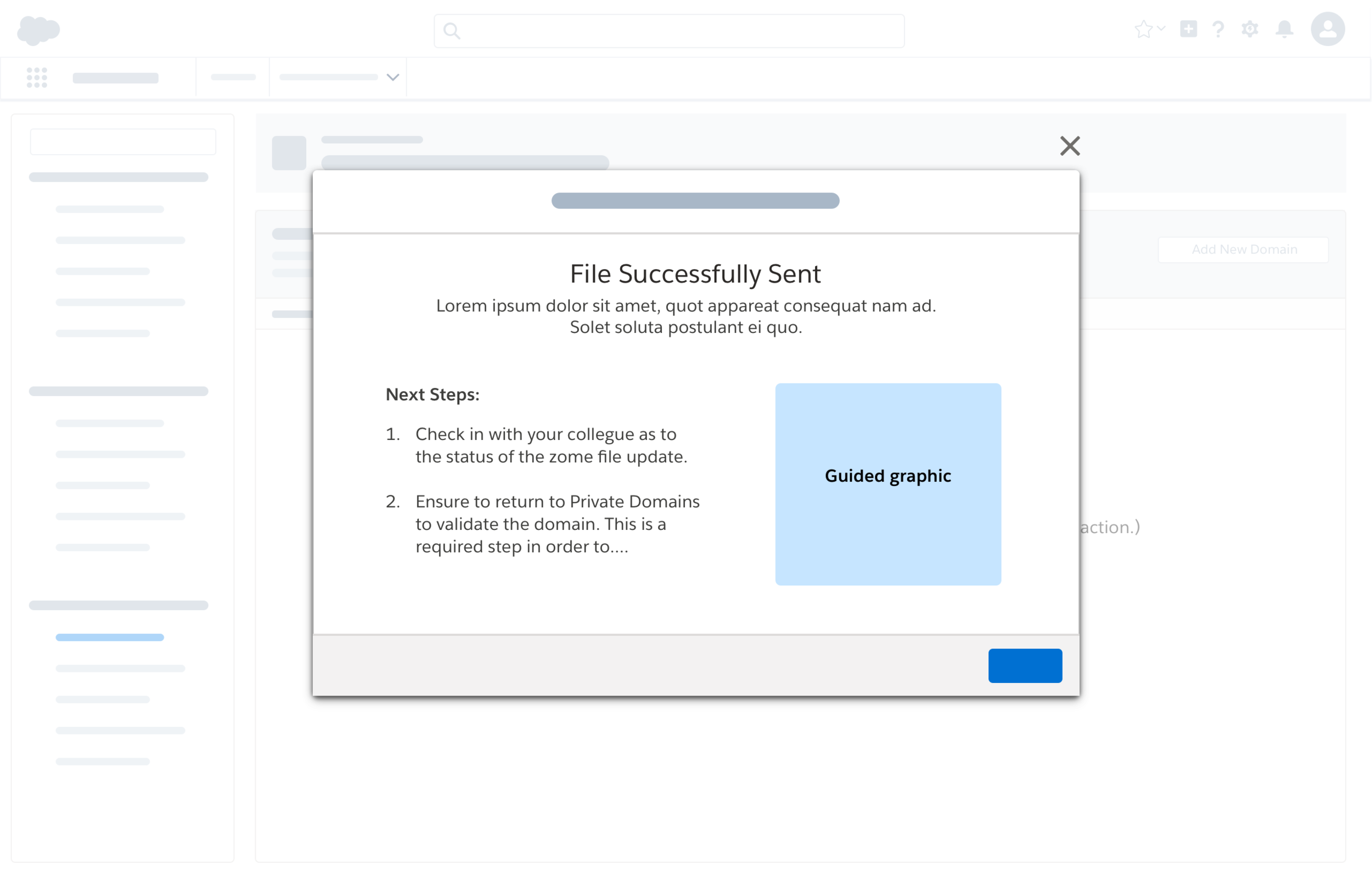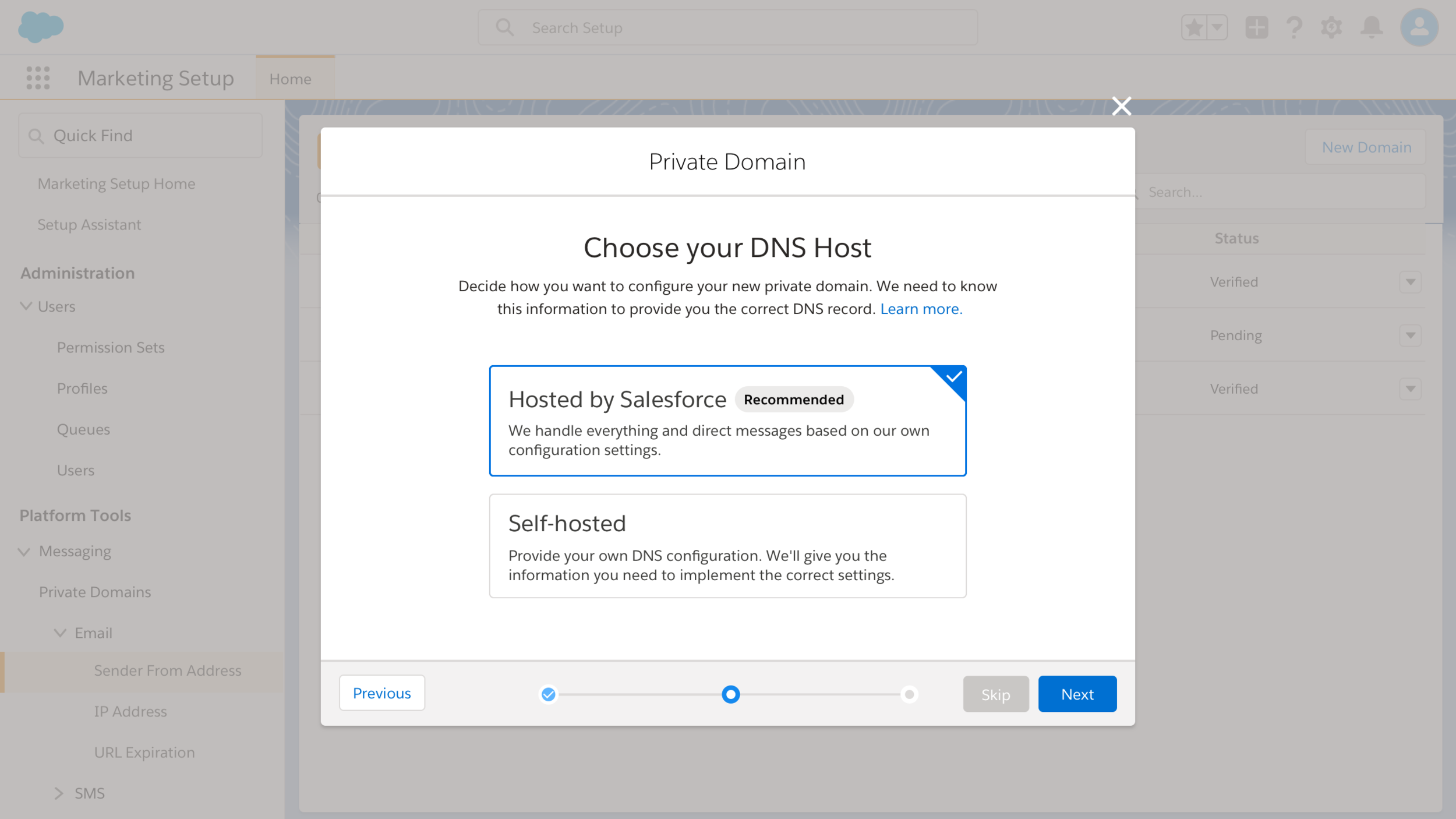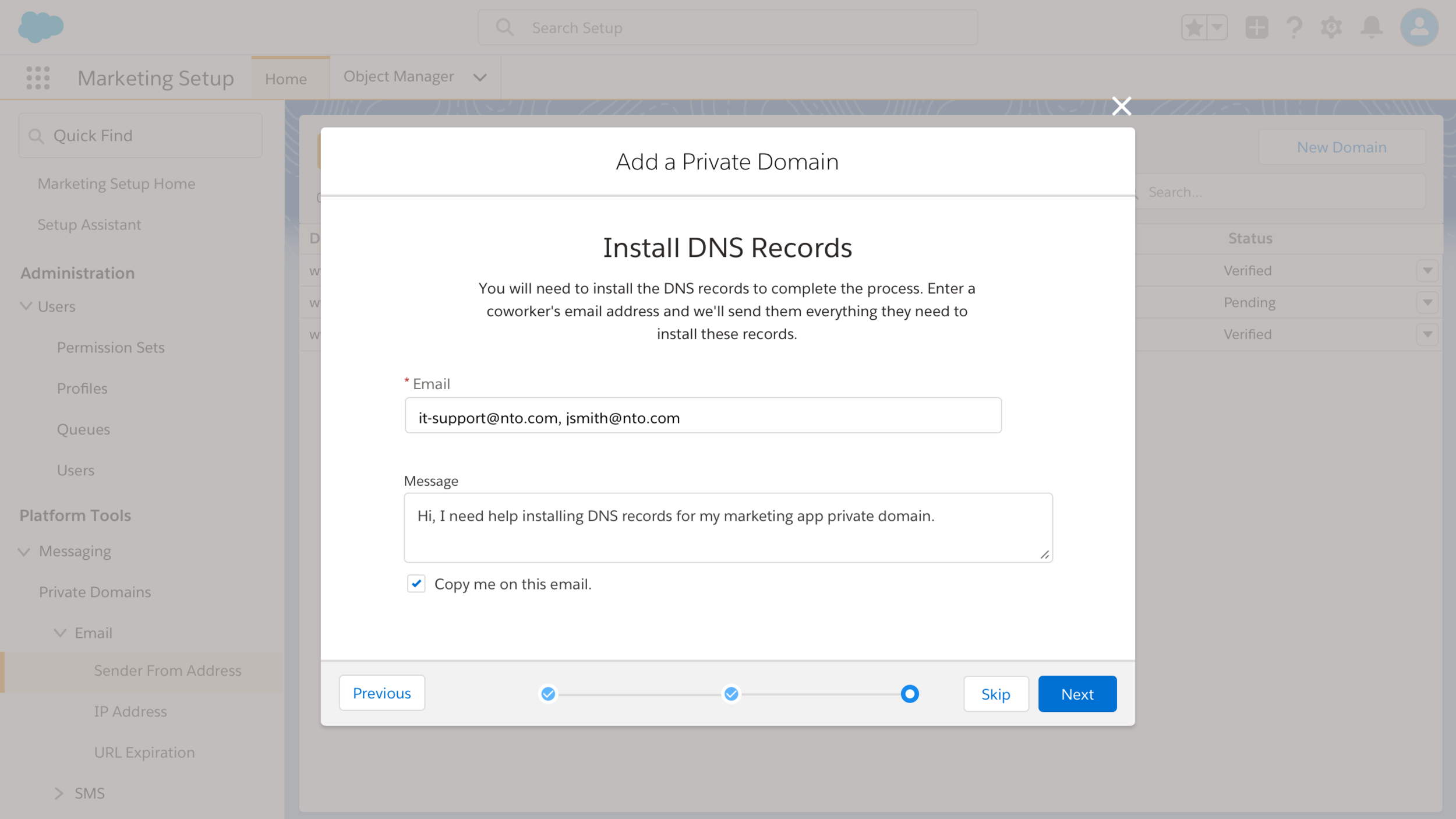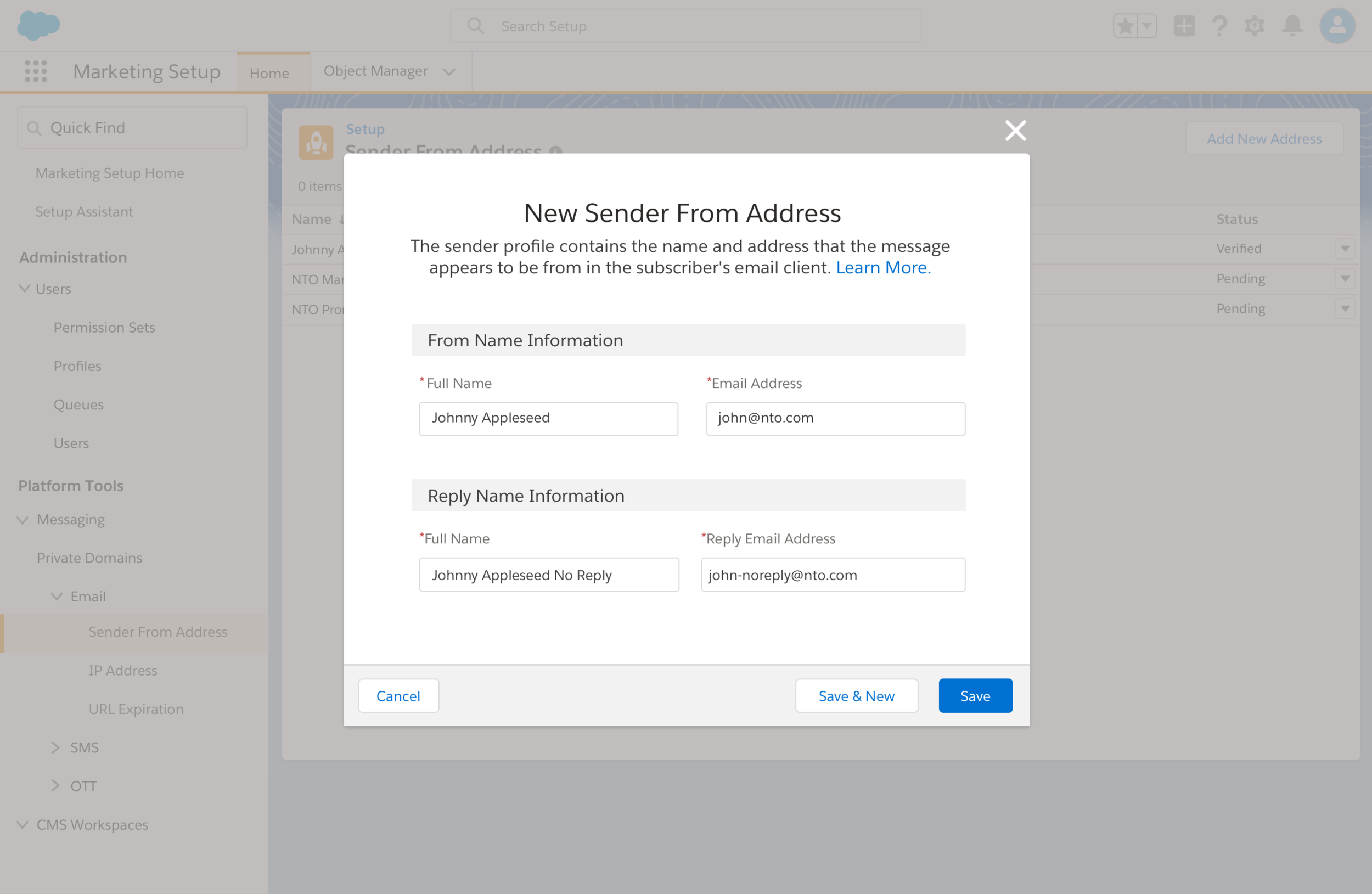Design System for productivity tools
UI/UX Design
Overview
Challenge
Internal admin of an e-commerce website build tools that leverage data and machine learning models to support internal business needs and customer-facing teams in various ways. The existing design system, which was heavily focused on the buyer experience, failed to meet the needs of product teams’ use cases and user needs.
Outcome:
Designed a design system
Stakeholders and Contributions
MY ROLE
Lead Product Designer
PROJECT PARTNERS
Product Management
Design System Team
UX Design Partners
Content Experience
PROJECT TYPE
New Design System
The Process
Discovery
A lack of domain knowledge in the area of setup and admin on the Salesforce platform led to a thorough analysis of current implementations, patterns and personas.
Understanding the Problem
Methods
Competitive analysis of similar products
Competitive Analysis
To build on my understanding, I analyzed similar applications’ setup and admin experience. This provided valuable insight into users existing mental models and expectations, as well as potential feature enhancements.
Qualitative analysis from 5 Admin user sessions
User and Stakeholder Interviews
Key user interviews were conducted to understand the entire lifecycle of the setup and configuration process.
Goals:
Explore tasks customers look to complete at each stage
Define areas of frustration and gaps
Understand the Admins’ goals for their users (Marketers) during each stage of setup
Outcome:
Each stage resonated with users, but not as the sequential stages of one linear workflow. Users felt beyond the initial setup and configuration stage, there didn’t appear to be any distinguish between the ‘Manage & Monitor’ and ‘Optimize & Growth’ stages. Additionally, self sufficiency and growth in aptitude were expressed as goals for internal and external users
Internal Focus Group
Multiple sessions with Product Management stakeholders from the current marketing implementation were conducted to aid in establishing requirements, use cases, and workflows. Involving these experts throughout the process to assess the experience and features guided our understanding of the current implementation pain points and gaps in order to create an optimal experience.
Strategy
By partnering with product management and engineering leads, we explored how to deliver value to customers release over release while continuing to build on features.
Success Criteria:
Decreased time to setup & configure (marketing users are enabled)
Integration with Trailhead
Time to First Email Send
UX Goals
Self-service
Guided
Reduce complexities with smart defaults and templates
Contextual content and learning
Thumbnail flow to identify long-term strategy release over release.
Define and Ideate
As we moved through the discovery and requirement phases, the design direction started to take shape.
We identified the business goals, user goals, and technical considerations, which gave us insight into the overlapping areas. From this, we decided what product features were necessary for the initial pilot design.
Key Features
Sender From Address Management
Private Domain Management
Setup Assistant
Onboarding and Enablement
Let’s Make Something
User Flows and Wireframes
Thumbnail Workflow
Thumbnail flow of Admins workflow through the application. This is a crucial part of my process to identify the various touch points between personas and apps.
User and Process Flows
Setup User Task Flow Analysis
The user flows helped guide end to end flow for Private Domains. Additionally, this was crucial to identifying potential areas of risk due to communication breakdowns, persona handoffs, and in what application each task was occurring.
The process flow gave stakeholders insight into where the user would be interacting with the system and how the emails were being routed in the form.
Wireframes
I began the process with sketches and low-fidelity wireframes of several of the main features for the Setup application. I focused on high-level interactions, layout, and content hierarchy. From there, I moved into higher fidelity wireframes and interaction design.
Private Domains - Empty State
Add Domain - Select Host
Add Domain - Send DNS File
Add Domain - Next Steps
Domain Page
Domain Page Iteration
Domain Page Iteration
Hi-fidelity - Add Domain
Hi-fidelity - Select Host
Hi-fidelity - Send DNS Details
Hi-fidelity - Details Successfully Sent
Hi-fidelity - Private Domain Page
Hi-fidelity - Private Domain page
Hi-fidelity - Sender From Creation
Hi-fidelity - Sender From List View
Final Prototype
Coming soon…
Next Steps
We conducted a heuristic analysis in order to evaluate the user experience across each of the usability heuristics. Feedback pointed to several areas to focus on for the next iteration.
Heuristic analysis insights for Setup and Admin
The End
Thanks for reading
